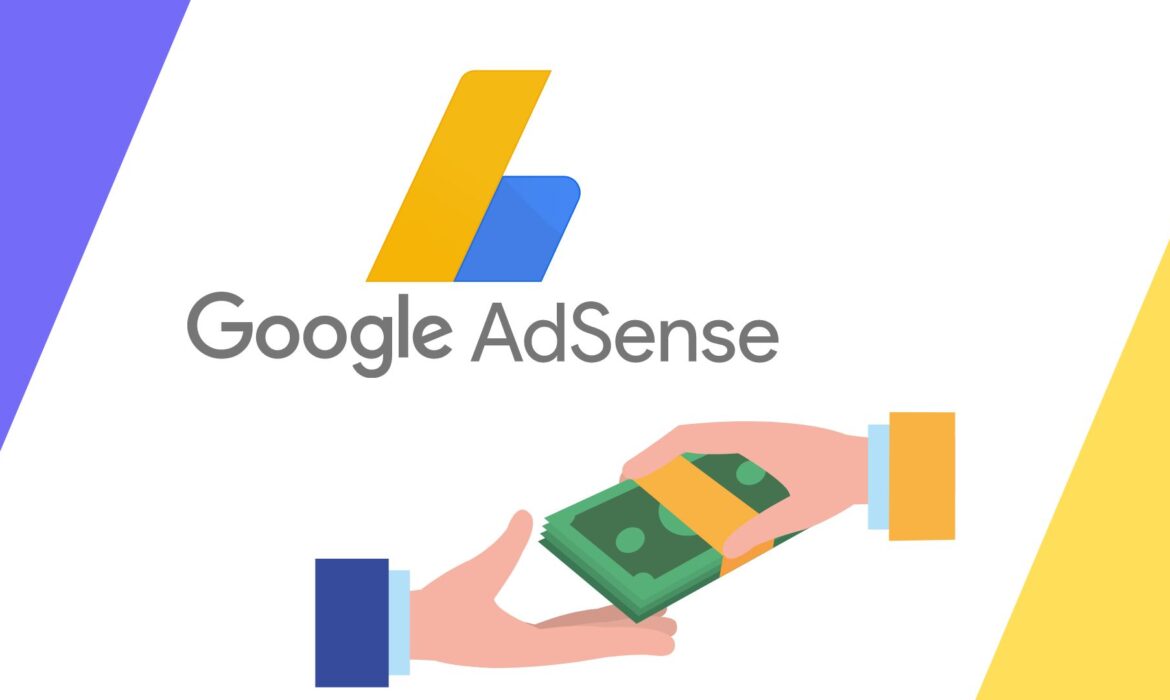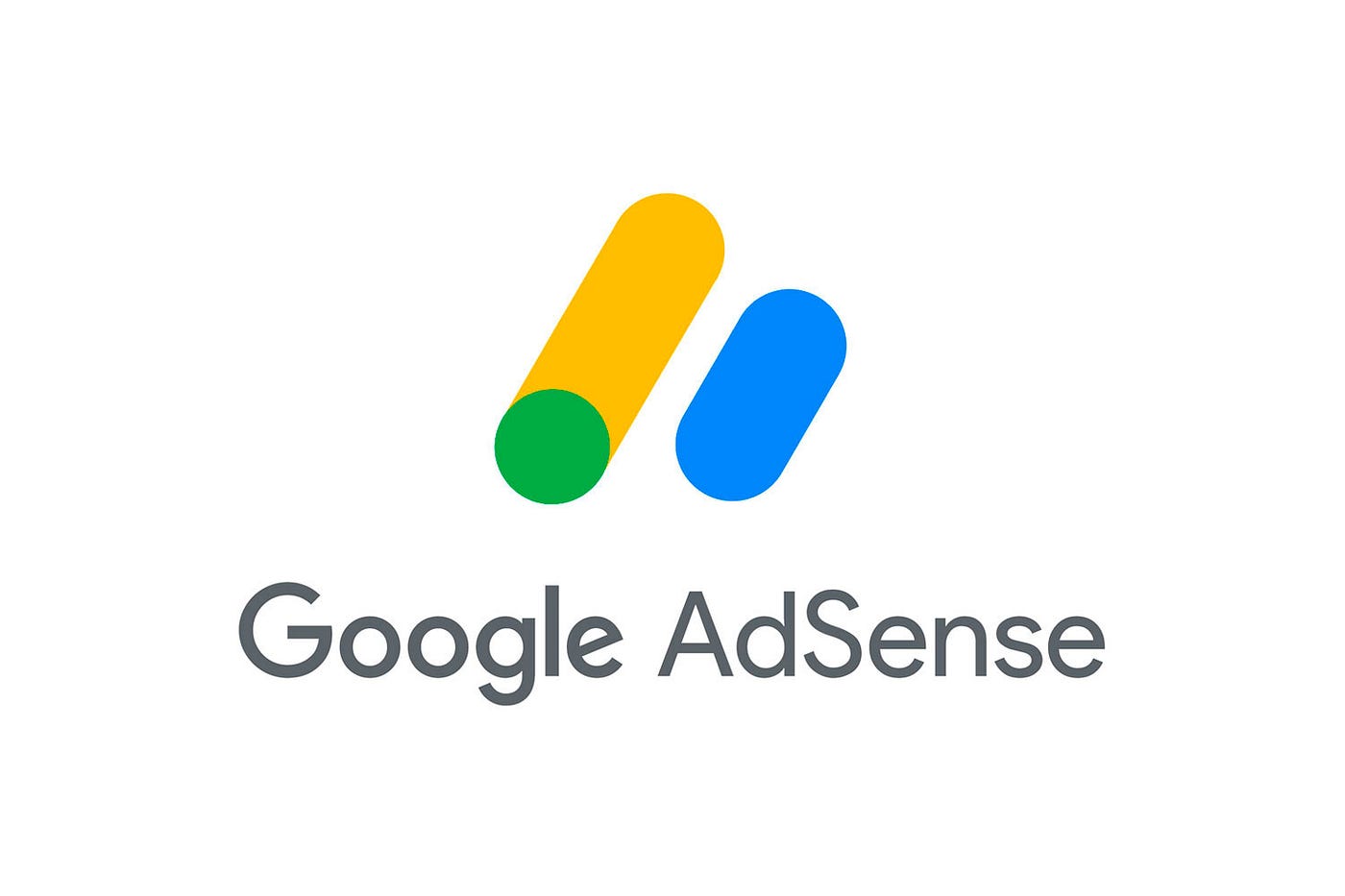Breaking News


Popular News


Monetizing your WordPress site with AdSense can be a game-changer for generating passive income. By effectively setting up Google AdSense on your WordPress site, optimizing your website for maximum ad revenue, and adhering to best practices for ad placement and layout, you can significantly enhance your earnings. Additionally, tracking and analyzing ad performance will help you fine-tune your strategies, ensuring optimal results. Whether you’re a blogger or a business owner, understanding how to leverage WordPress AdSense is crucial for maximizing your site’s profitability. Dive in to discover step-by-step guidance and expert tips for success.
Contents
Setting up WordPress AdSense is a straightforward process that can help you start earning revenue from your site. Follow the steps below to get started:
Create a Google AdSense Account
Add AdSense Code to Your WordPress Site
Install a WordPress AdSense Plugin
Verify Your Site
Monitor Your Ads
By following these steps, you can successfully set up Google AdSense on your WordPress site and begin monetizing your content effectively.

To maximize your WordPress AdSense earnings, it’s crucial to optimize your website for the best ad performance. Taking these steps ensures your ads are not just visible but also engaging and relevant to your audience.
Key strategies to optimize your website include:
Comparison Table:
| Optimization Aspect | Importance | Tools/Methods |
|---|---|---|
| Responsive Design | High | Mobile-friendly themes, Responsive plugins |
| Speed Optimization | Very High | Google PageSpeed Insights, Caching plugins |
| Quality Content | Essential | Regular blog updates, SEO practices |
| User Experience | High | Simple layout, Clear navigation |
| Ad Relevance | Very High | Google Auto Ads, Contextual ad placement |
These strategies will help you unlock the full potential of WordPress AdSense, leading to a more profitable website.
When it comes to maximizing revenue from WordPress AdSense, strategic ad placement and layout are crucial. Here are some best practices to consider:
**1. Strategic Placement
**2. Optimize Layout
**3. User Experience
By following these best practices for WordPress AdSense, you can create a better user experience while optimizing for maximum ad revenue.
Once you have integrated WordPress AdSense on your site, tracking and analyzing ad performance becomes crucial. This ensures you maximize your ad revenue. Start by implementing Google Analytics, which offers comprehensive insights into user behavior and ad engagement.
Key metrics to monitor:
Comparison Table:
| Metric | Definition | Why It Matters |
|---|---|---|
| Click-Through Rate | Percentage of clicks per ad view | Higher CTR means more interaction |
| Cost Per Click | Revenue earned per ad click | Higher CPC leads to increased income |
| Page RPM | Earnings per 1,000 page views | Evaluates overall ad performance |
In addition to these metrics, regularly analyze the placement, size, and type of ads on your site. For example, leaderboard ads often perform well because they appear prominently.
By diligently tracking these metrics and making data-driven adjustments, you can optimize your WordPress AdSense strategy for enhanced revenue.

Google AdSense is an advertising program by Google that allows website owners and blog operators to earn money by displaying targeted ads on their sites. Advertisers pay Google to publish their ads, and Google shares a portion of that revenue with the site owners. When visitors click on these ads, the site owner earns a specified amount of money. The ads can be text, images, or videos, and are tailored to fit the content of the individual blog or website, often making them more relevant and appealing to the audience.
Integrating Google AdSense with your WordPress site involves several steps. Firstly, you need to sign up for a free Google AdSense account. After your site is approved, you will receive a code from Google AdSense that you need to insert into your WordPress site. This can be done manually by editing the HTML of your site’s theme, or more easily through various WordPress plugins that streamline the process. Once the code is added, Google begins displaying ads on your site where the code is placed. Always remember to follow Google’s policies to avoid any potential issues.
Placing ads on your WordPress site requires strategic consideration to maximize revenue without negatively impacting user experience. Here are some best practices:
Yes, Google AdSense has strict policies and guidelines that all participants must adhere to. These include:
Failing to comply with these policies can result in penalties, including being banned from the program permanently.